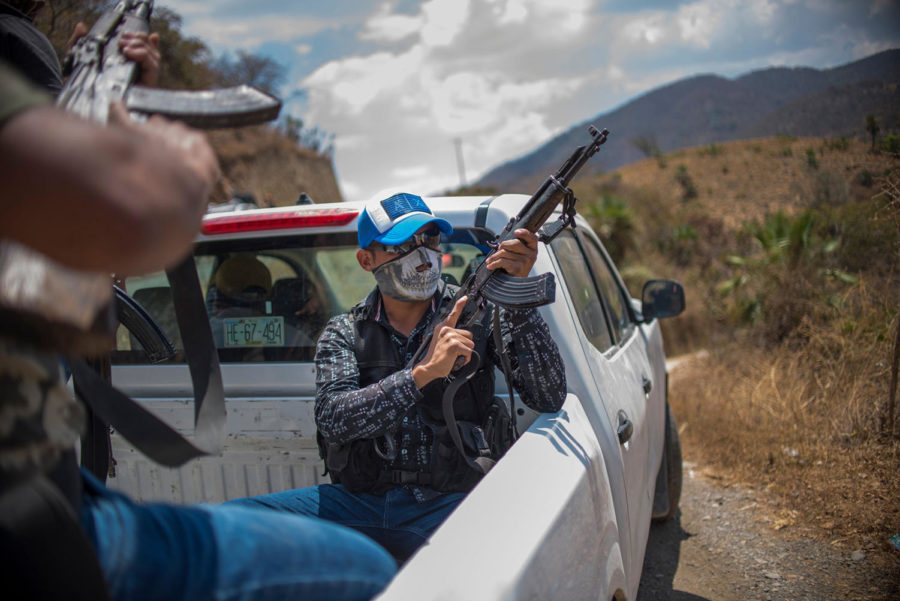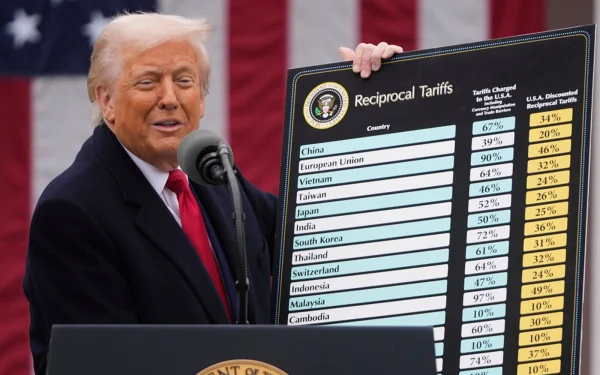The Flow of the Iron River
Many of the weapons that cartels use in Central and South America have been obtained from the U.S.
One of the biggest misconceptions about firearms and the weapons that cartels and gangs use is that a lot of them come from Mexico and South America. However, a lot of the firearms that are used by gangs and drug cartels actually originate in the U.S. and make their way south to Mexico and South America by way of the “Iron River.” The 2,000 mile stretch of land runs from San Diego, California to Corpus Christi, Texas and makes up part of the border between the U.S. and Mexico.
The success of the Mexican drug cartels and gangs in South America is heavily dependent on their ability to control the areas in which they operate. Control is often established with firearms and weapons acquired via the Iron River. There are many ways firearms make their way to the Iron River. First off, there are gun traffickers who buy handguns, rifles, and other types of firearms and weapons in the United States, typically at a gunshow. They pay in cash, which allows them to leave virtually no paper trail and it is still technically legal. After that, the trafficker will make their way across the border into Mexico with a trunk full of guns, sometimes making several trips in one day. They sell the guns to cartels and gangs for huge profit. According to The New York Times, “They take up their prices by 300 to 400 percent compared to what they bought it for.”
Additionally ,cartels sometimes hire a straw buyer, or someone who has a clean record, to buy the guns that they want. They get paid fifty to one hundred dollars to buy the firearms and hand them over to the cartel. This way is very common because there is almost no punishment if they get caught. If the straw buyer gets caught lying on the form they fill out when they purchase the firearm, they only get put on probation because of their clean record; there is almost no danger of jail time for the straw buyer. However, the government is working on ways to try to get straw buyers in jail to discourage them from agreeing to do this.
A less common way that guns get to Mexico and South America is when cartels buy out gun shops in the U.S. and use them to directly run guns down south. A good example of this is when infamous cartel leader Juan Garcia bought seven gun shops in Brownsville, Texas and used them to arm his cartels and gangs.
Even with both the U.S. government and the Mexican government trying to stem the flow of the Iron River, there are thousands of guns going through to the gangs and cartels. These groups often have ways of evading the U.S. gun regulations, like buying stolen guns from gun shops or buying kits online known as ghost guns, because they are not traceable.
According to Mexico’s Foregin Ministry, an estimated 2.5 million guns have passed through America’s southern border in the last ten years. Seventy percent of the guns seized by the Mexican authorities can be traced back to the U.S., which shows how much the Iron River helps the drug cartels there. A study from the University of San Diego shows that twenty percent of around 30,000 international murders in Mexico were tied to organized crime. However, the researchers noted that the study was conservative and that the figure was likely much higher. Cartels in Central American countries like Honduras and El Salvador are benefiting from the Iron River. A report from the Center of American Progress shows that forty-nine percent of guns used in crimes in El Salvador were originally from the U.S, and the same is true of forty-five percent of guns used in crimes in Honduras.
All these firearms and weapons coming from the U.S., whether from cartel owned gun shops, straw buyers, or gun traffickers are helping the cartels deliver their drugs and control the areas which they occupy. With around an average of 700 guns per day going across the border in the last ten years, tens of thousands of people have died, from innocent bystanders to reporters to cops trying to prevent the spread of the drugs in their communities.






